 Our friends at the Smithsonian Astrophysical Observatory, in collaboration with other institutions, have published a Request for Information (RFI) for The Black Hole Explorer (BHEX) 4 K Spaceflight Cryocooling System.
Our friends at the Smithsonian Astrophysical Observatory, in collaboration with other institutions, have published a Request for Information (RFI) for The Black Hole Explorer (BHEX) 4 K Spaceflight Cryocooling System.
BHEX is a space very long baseline interferometry (VLBI) mission aimed at performing black hole precision measurements and capturing an image of a black hole's photon ring. To achieve this, the BHEX instrument receiver system requires a 4 K space cryocooling system to cool the receivers. Your company may be the ideal partner for the job!
Interested parties are invited to respond to the RFI by July 1, 2024. Please provide details on your 4 K spaceflight cryocooling technology's performance, spaceflight capabilities, and cost estimates. Your expertise could propel groundbreaking discoveries in astrophysics.
“This is an incredibly exciting mission for the astrophysics community, and cryogenics plays a pivotal role in making it a reality!” –Hannah Rana, BHEX Cryogenics Co-Lead
Please contact the following for more information, responses, questions or for forwarding supporting information:
Rebecca Baturin, BHEX Instrument Project Manager
Center for Astrophysics | Harvard & Smithsonian
Office: (617) 496 7707
100 Acorn ParkDrive | MS 5 | Cambridge, MA 02140
Janice Houston, BHEX Instrument Systems Engineer
Center for Astrophysics | Harvard & Smithsonian
Office: (617) 495 2818
Image Credit: Joseph Farah



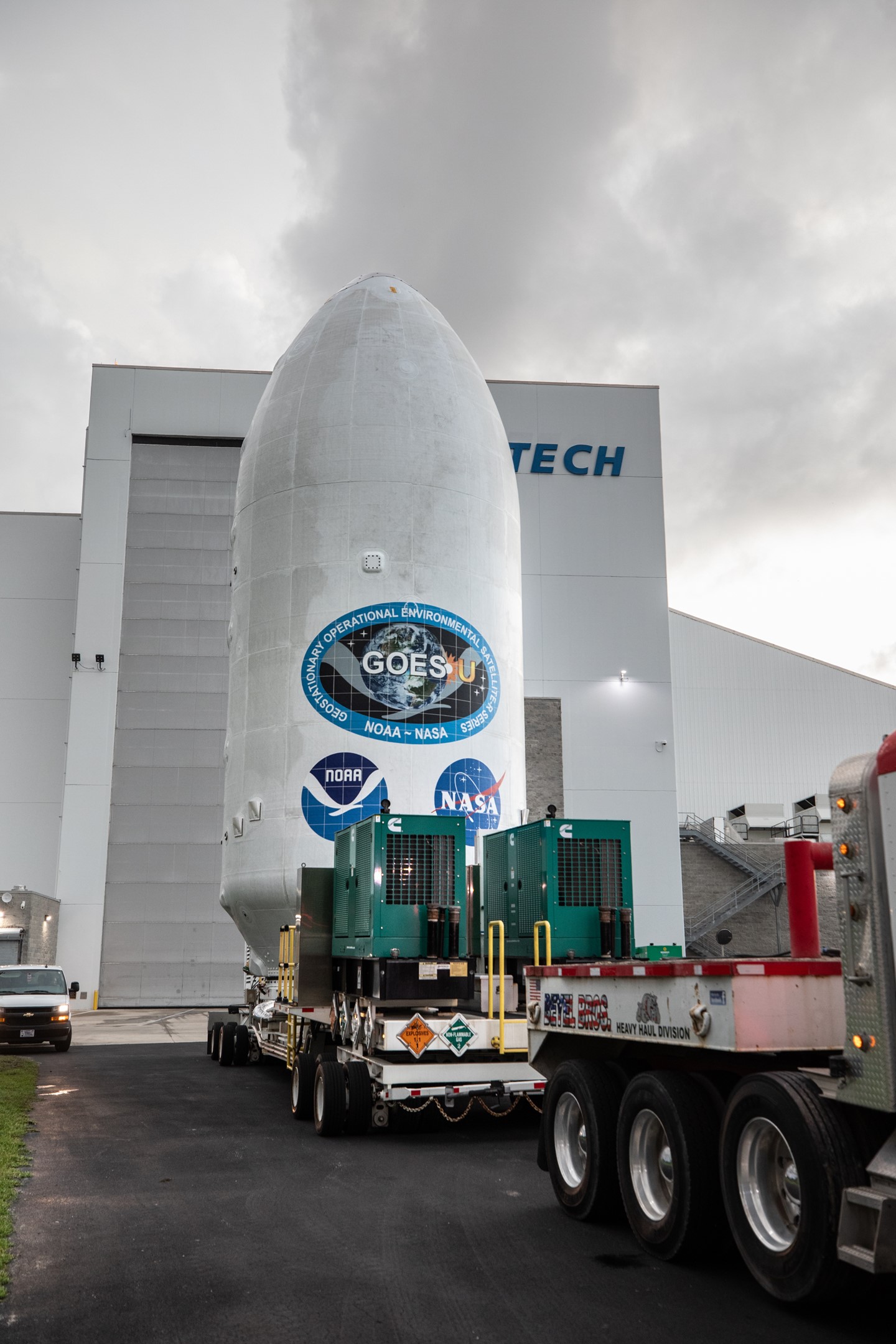 NASA, NOAA (National Oceanic and Atmospheric Administration), SpaceX, and GOES-U (Geostationary Operational Environmental Satellite-U) mission managers met on June 20 to conduct a Flight Readiness Review at NASA’S Kennedy Space Center in Florida. During the review, teams provided an update on the mission status and certified the readiness to proceed with final launch preparation activities.
NASA, NOAA (National Oceanic and Atmospheric Administration), SpaceX, and GOES-U (Geostationary Operational Environmental Satellite-U) mission managers met on June 20 to conduct a Flight Readiness Review at NASA’S Kennedy Space Center in Florida. During the review, teams provided an update on the mission status and certified the readiness to proceed with final launch preparation activities.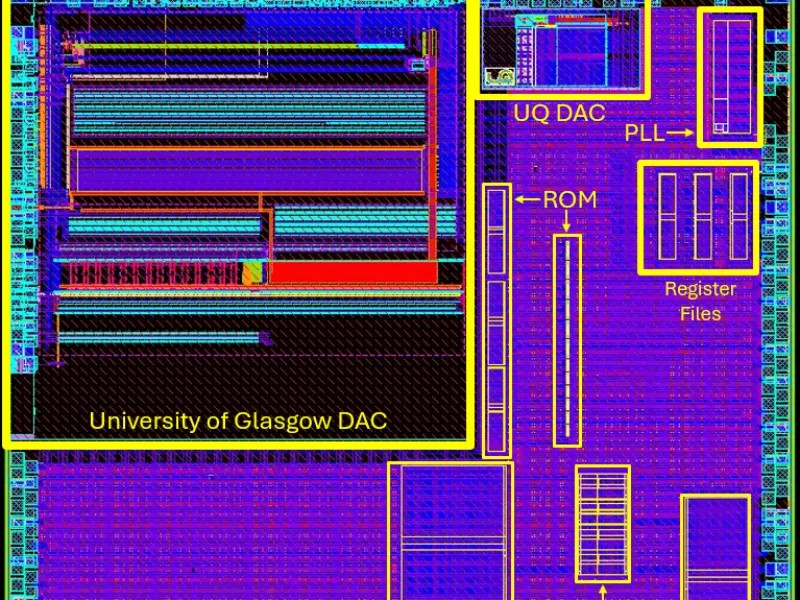 In the race to unlock the full potential of quantum computing, recent breakthroughs in cryogenic CMOS technology are paving the way for a new era of computational power. At the forefront of this frontier are pioneering efforts by Semiwise and SureCore, in collaboration with Cadence Design Systems, aimed at overcoming critical challenges in developing circuits that operate at near absolute zero temperatures.
In the race to unlock the full potential of quantum computing, recent breakthroughs in cryogenic CMOS technology are paving the way for a new era of computational power. At the forefront of this frontier are pioneering efforts by Semiwise and SureCore, in collaboration with Cadence Design Systems, aimed at overcoming critical challenges in developing circuits that operate at near absolute zero temperatures.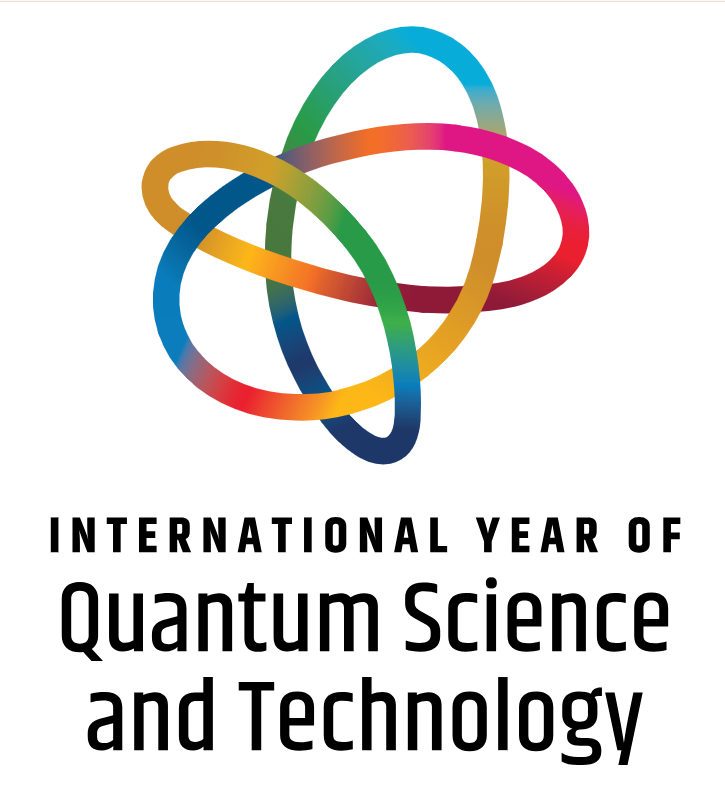 On June 7, 2024, the United Nations proclaimed 2025 as the International Year of Quantum Science and Technology (IYQ). According to the proclamation, this year-long, worldwide initiative will "be observed through activities at all levels aimed at increasing public awareness of the importance of quantum science and applications."
On June 7, 2024, the United Nations proclaimed 2025 as the International Year of Quantum Science and Technology (IYQ). According to the proclamation, this year-long, worldwide initiative will "be observed through activities at all levels aimed at increasing public awareness of the importance of quantum science and applications."  If you’ve ever made the mistake of putting certain fresh fruits or vegetables in the freezer, then you’re already familiar with the effects of freezing on biological tissue. Banana skins turn black and slimy. Whole oranges leak and deflate. Lettuce comes out limp and soggy. The cause of all this spoilage? Ice crystallization.
If you’ve ever made the mistake of putting certain fresh fruits or vegetables in the freezer, then you’re already familiar with the effects of freezing on biological tissue. Banana skins turn black and slimy. Whole oranges leak and deflate. Lettuce comes out limp and soggy. The cause of all this spoilage? Ice crystallization.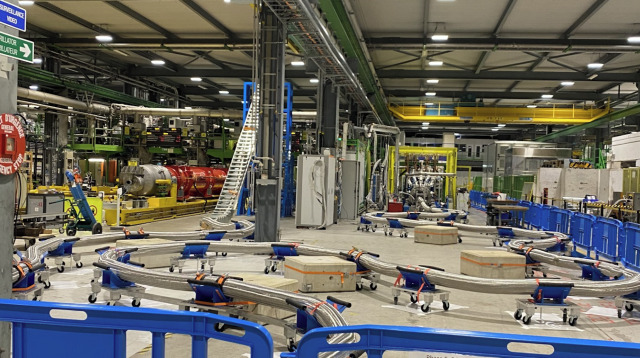 If you're an avid follower of High-Luminosity LHC (HL-LHC) news, you will no doubt already
If you're an avid follower of High-Luminosity LHC (HL-LHC) news, you will no doubt already 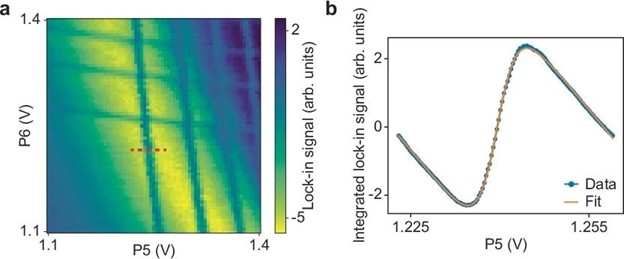 In a recent article published in
In a recent article published in 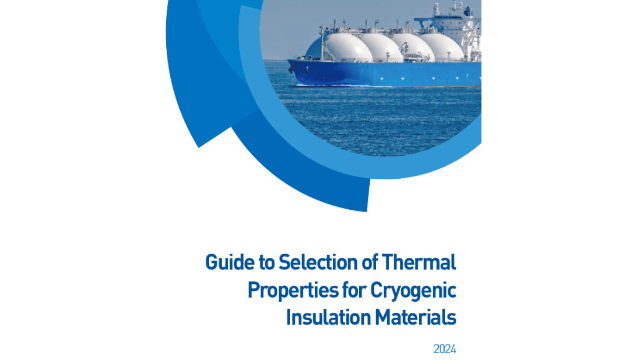 Korean Register has published the "Guide to Selection of Thermal Properties of Cryogenic Insulation Materials" for safe storage of cryogenic fuels, including LNG and liquid hydrogen. Last year, the International Maritime Organization (IMO) adopted the '2023 Greenhouse Gas Strategy' with the goal of achieving carbon neutrality in international shipping by 2050. The strategy aims to reduce greenhouse gas emissions by at least 20%, striving for 30%, by 2030, at least 70%, striving for 80%, by 2040, and to achieve net-zero emissions by around 2050.
Korean Register has published the "Guide to Selection of Thermal Properties of Cryogenic Insulation Materials" for safe storage of cryogenic fuels, including LNG and liquid hydrogen. Last year, the International Maritime Organization (IMO) adopted the '2023 Greenhouse Gas Strategy' with the goal of achieving carbon neutrality in international shipping by 2050. The strategy aims to reduce greenhouse gas emissions by at least 20%, striving for 30%, by 2030, at least 70%, striving for 80%, by 2040, and to achieve net-zero emissions by around 2050. It was a scorcher last year. Land and sea temperatures were up to 0.2 °C higher every single month in the second half of 2023, with these warm anomalies continuing into 2024. We know the world is warming, but the sudden heat spike had not been predicted. As NASA climate scientist Gavin Schmidt wrote
It was a scorcher last year. Land and sea temperatures were up to 0.2 °C higher every single month in the second half of 2023, with these warm anomalies continuing into 2024. We know the world is warming, but the sudden heat spike had not been predicted. As NASA climate scientist Gavin Schmidt wrote 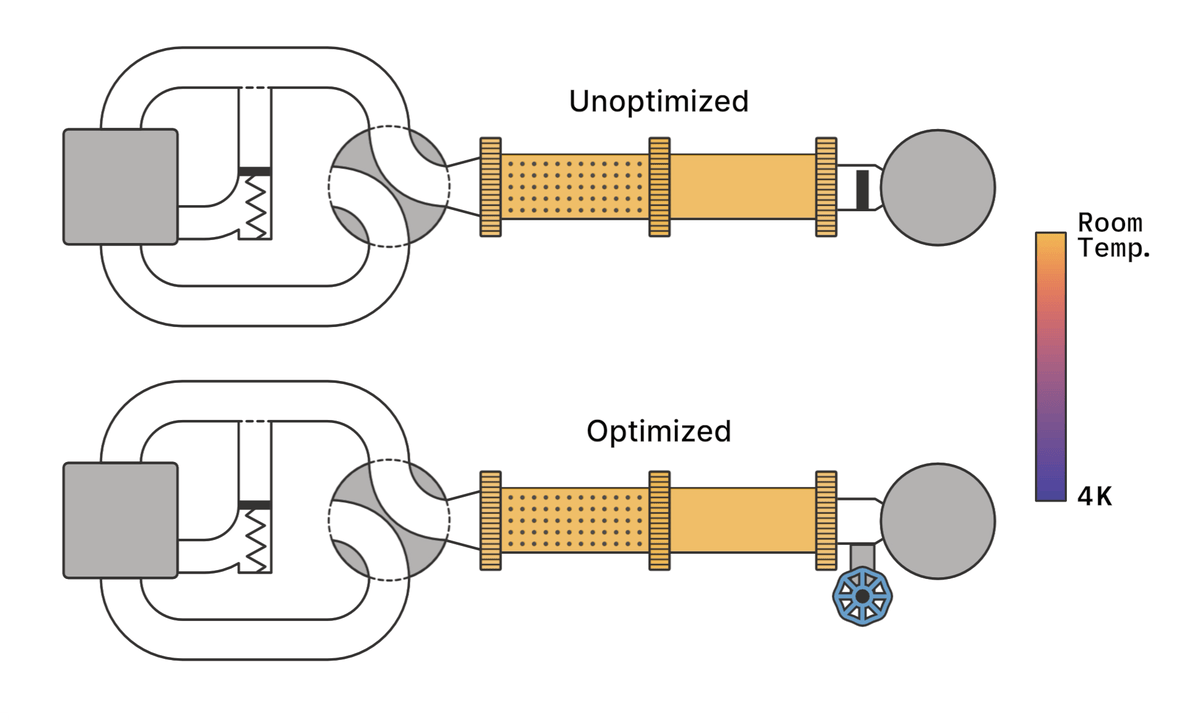 A simple modification to a popular type of cryogenic cooler could save $30 million in global electricity consumption and enough cooling water to fill 5000 Olympic swimming pools. That is the claim of researchers at the National Institute of Standards and Technology (NIST) and the University of Colorado Boulder who describe their energy-efficient design in Nature Communications.
A simple modification to a popular type of cryogenic cooler could save $30 million in global electricity consumption and enough cooling water to fill 5000 Olympic swimming pools. That is the claim of researchers at the National Institute of Standards and Technology (NIST) and the University of Colorado Boulder who describe their energy-efficient design in Nature Communications.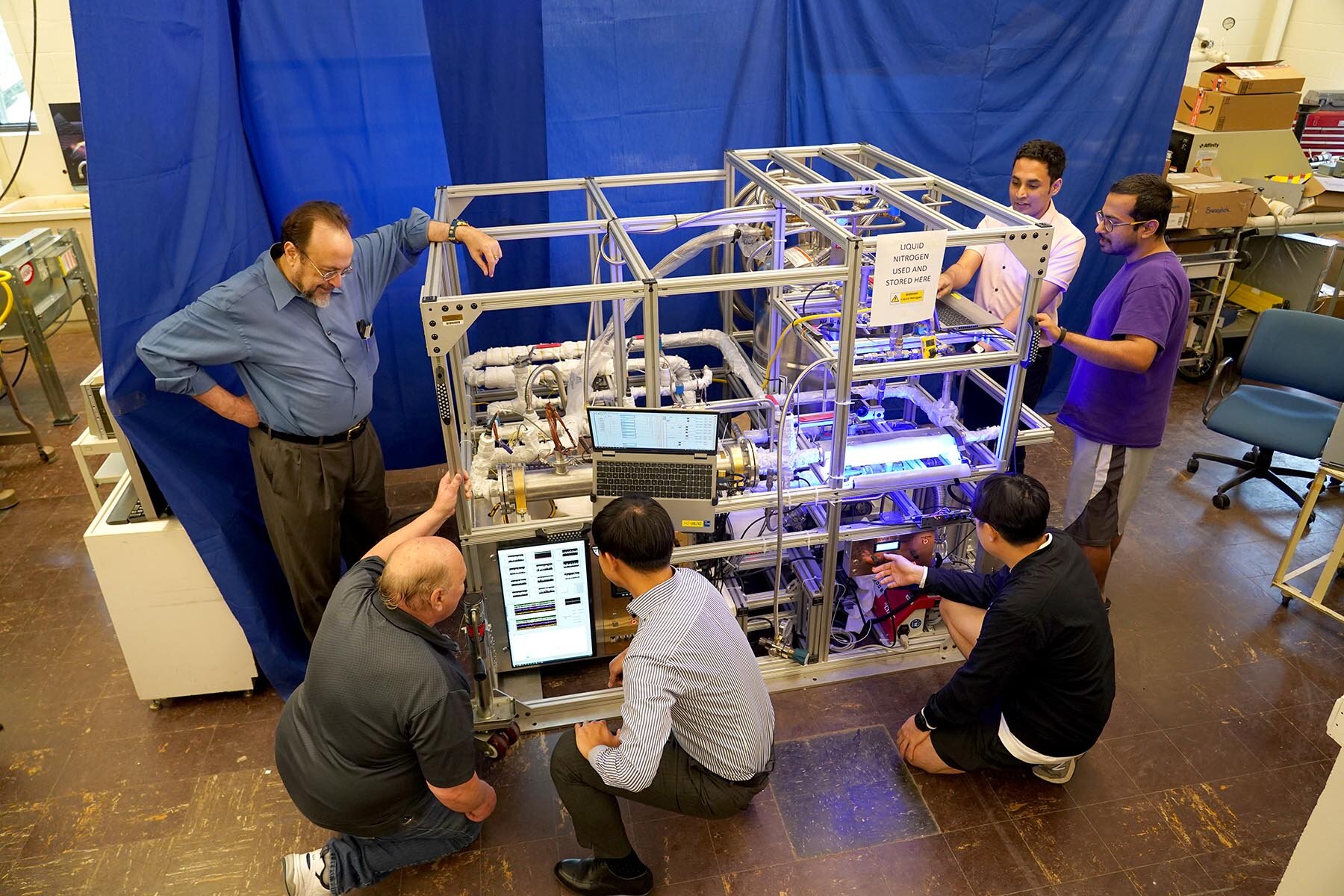 As we plan for future interplanetary spaceflight, one major aspect remains untested: refueling in space. That's because most rocket propellants are cryogenic liquids whose long-term behavior in space is still unknown. Purdue University researchers are collaborating with NASA to study cryogenic liquids in zero gravity, leading to the possibility of propellant depots and refueling spacecraft in orbit.
As we plan for future interplanetary spaceflight, one major aspect remains untested: refueling in space. That's because most rocket propellants are cryogenic liquids whose long-term behavior in space is still unknown. Purdue University researchers are collaborating with NASA to study cryogenic liquids in zero gravity, leading to the possibility of propellant depots and refueling spacecraft in orbit.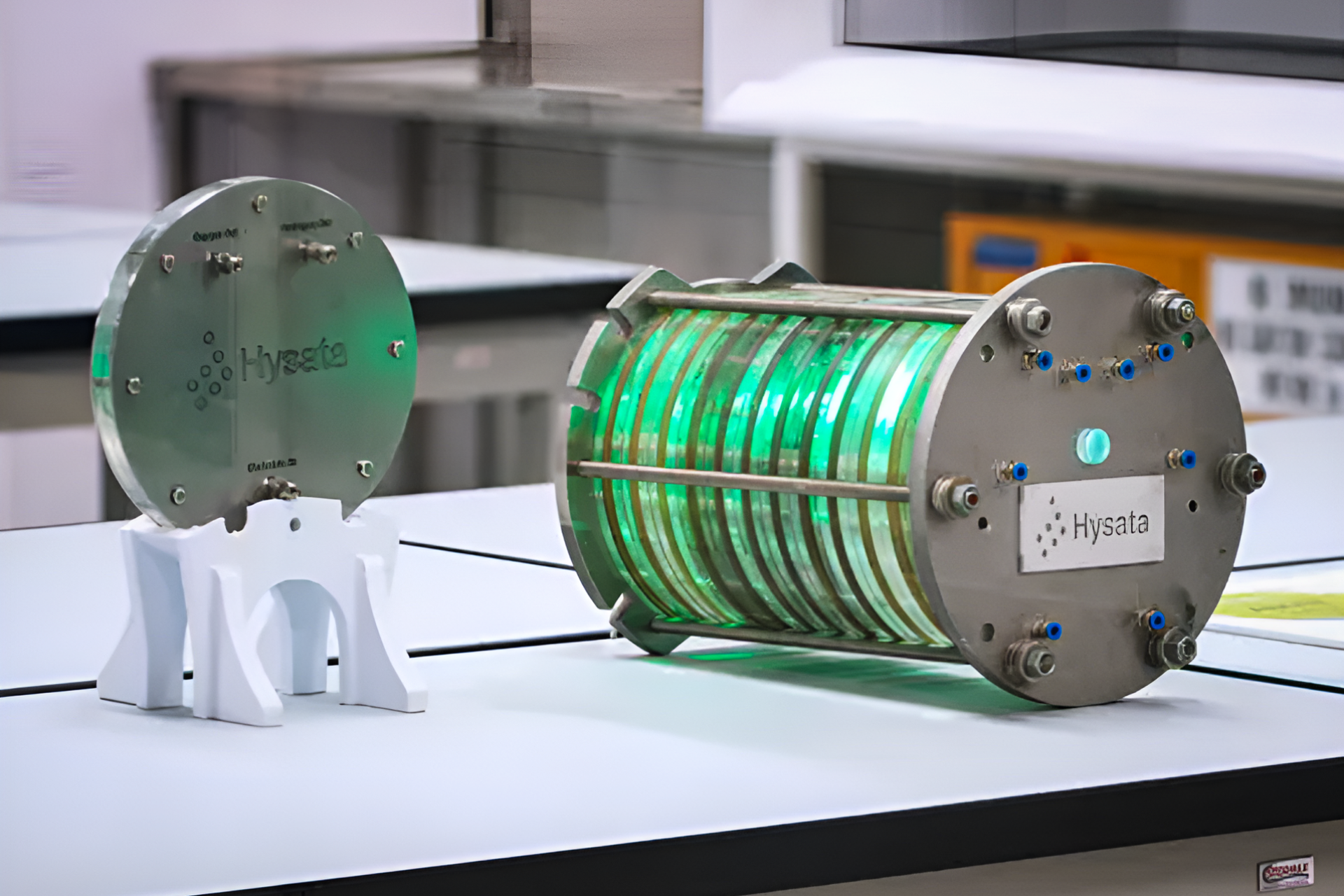 Hysata promises the world's cheapest hydrogen, thanks to a remarkable device that splits water into H2 and O2 at 95% efficiency – some 20% higher than the best conventional electrolyzers. The company has raised US$111 million to scale up production.
Hysata promises the world's cheapest hydrogen, thanks to a remarkable device that splits water into H2 and O2 at 95% efficiency – some 20% higher than the best conventional electrolyzers. The company has raised US$111 million to scale up production.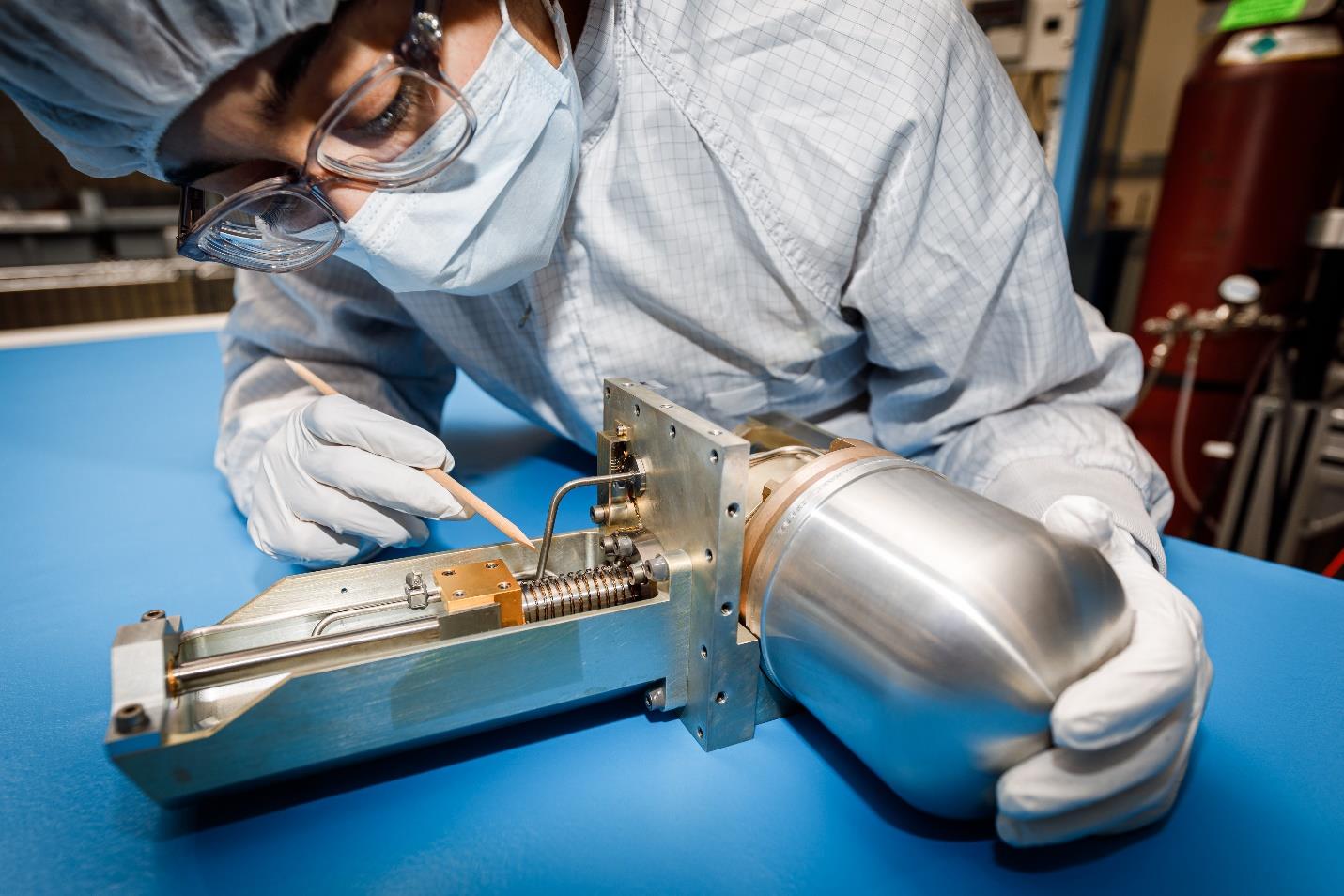 For decades, Northrop Grumman has been making highly dependable cooling systems, cryocoolers, for spacecraft. In spacecraft, a cryocooler is most often essentially a specialized refrigerator deployed on satellites and space telescopes to maintain extremely low temperatures for onboard sensors. This is crucial for capturing high-resolution images of Earth or outer space, like the ones captured by the James Webb Space Telescope. Reliability is key because cryocoolers are part of a symbiotic relationship. If the cryocooler malfunctions, then sensors won’t function. They need each other.
For decades, Northrop Grumman has been making highly dependable cooling systems, cryocoolers, for spacecraft. In spacecraft, a cryocooler is most often essentially a specialized refrigerator deployed on satellites and space telescopes to maintain extremely low temperatures for onboard sensors. This is crucial for capturing high-resolution images of Earth or outer space, like the ones captured by the James Webb Space Telescope. Reliability is key because cryocoolers are part of a symbiotic relationship. If the cryocooler malfunctions, then sensors won’t function. They need each other. 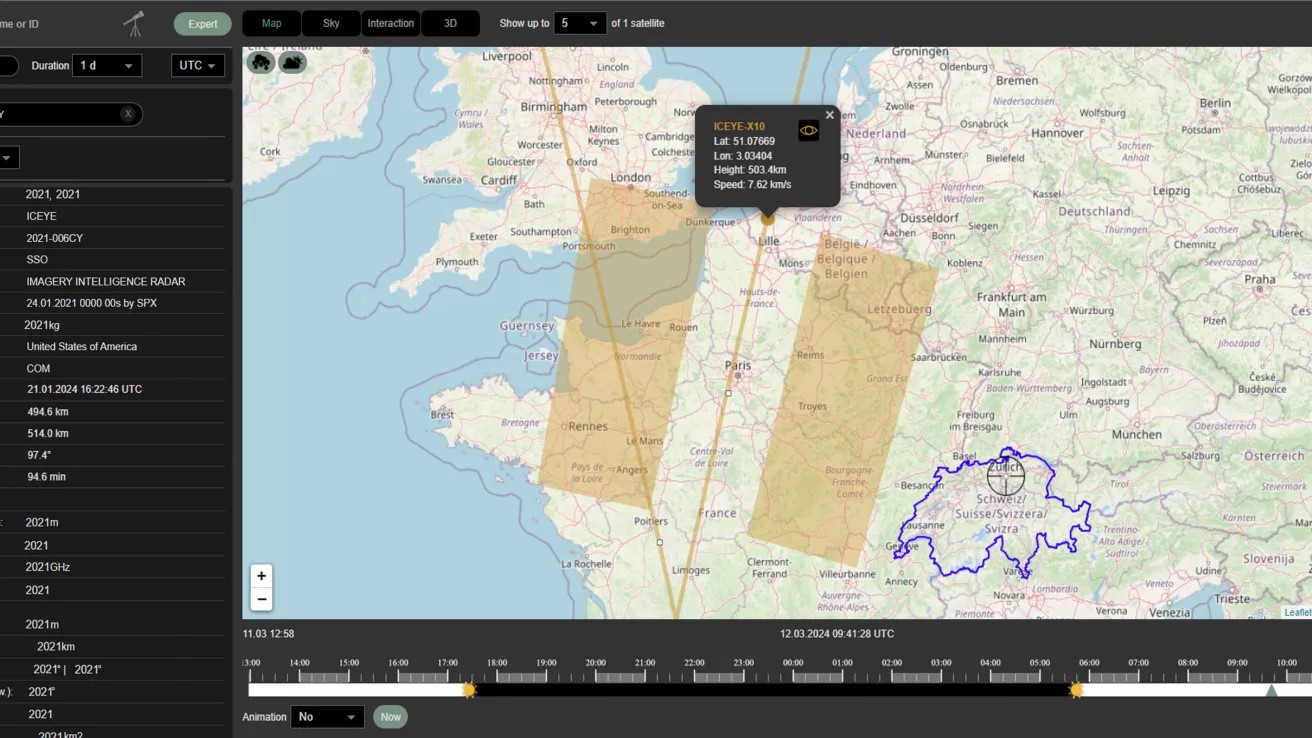 Beyond Gravity, a leading space supplier, expands its expertise into space data services with the launch of its new Space Situational Awareness (SSA) solution. This innovative service, leveraging over six years of data collection, offers unparalleled accuracy and insights into more than 10,000 active satellites, promising to enhance faster decision-making for institutional and commercial customers alike.
Beyond Gravity, a leading space supplier, expands its expertise into space data services with the launch of its new Space Situational Awareness (SSA) solution. This innovative service, leveraging over six years of data collection, offers unparalleled accuracy and insights into more than 10,000 active satellites, promising to enhance faster decision-making for institutional and commercial customers alike. 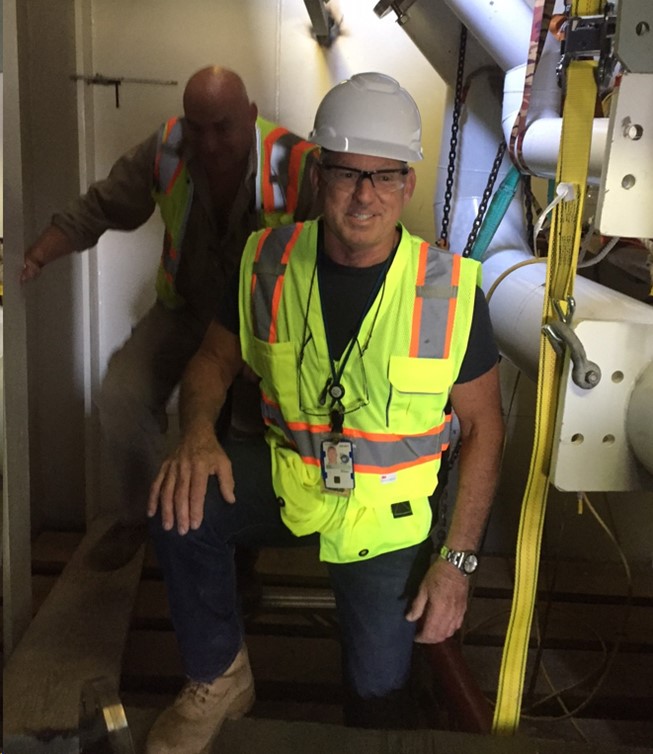 CRYOCO is at the forefront of cryogenic education, training and consulting, boasting a 45-year legacy of providing unparalleled expertise. With a focus on fostering technical prowess across various sectors, from aerospace to medical industries, the company has been instrumental in shaping the landscape of cryogenic applications. Led by David-John Roth, a seasoned cryogenic engineer and subject-matter expert at Kennedy Space Center, CRYOCO offers an array of in-person classroom-style courses tailored to meet the diverse needs of industries worldwide. As Cold Facts celebrates up-and-coming scientists and engineers in our “Young Professionals in Cryogenics and Superconductivity” feature, we sit down with David-John Roth to explore the professional development opportunities CRYOCO offers and discuss the opportunities young professionals bring to the industry.
CRYOCO is at the forefront of cryogenic education, training and consulting, boasting a 45-year legacy of providing unparalleled expertise. With a focus on fostering technical prowess across various sectors, from aerospace to medical industries, the company has been instrumental in shaping the landscape of cryogenic applications. Led by David-John Roth, a seasoned cryogenic engineer and subject-matter expert at Kennedy Space Center, CRYOCO offers an array of in-person classroom-style courses tailored to meet the diverse needs of industries worldwide. As Cold Facts celebrates up-and-coming scientists and engineers in our “Young Professionals in Cryogenics and Superconductivity” feature, we sit down with David-John Roth to explore the professional development opportunities CRYOCO offers and discuss the opportunities young professionals bring to the industry. 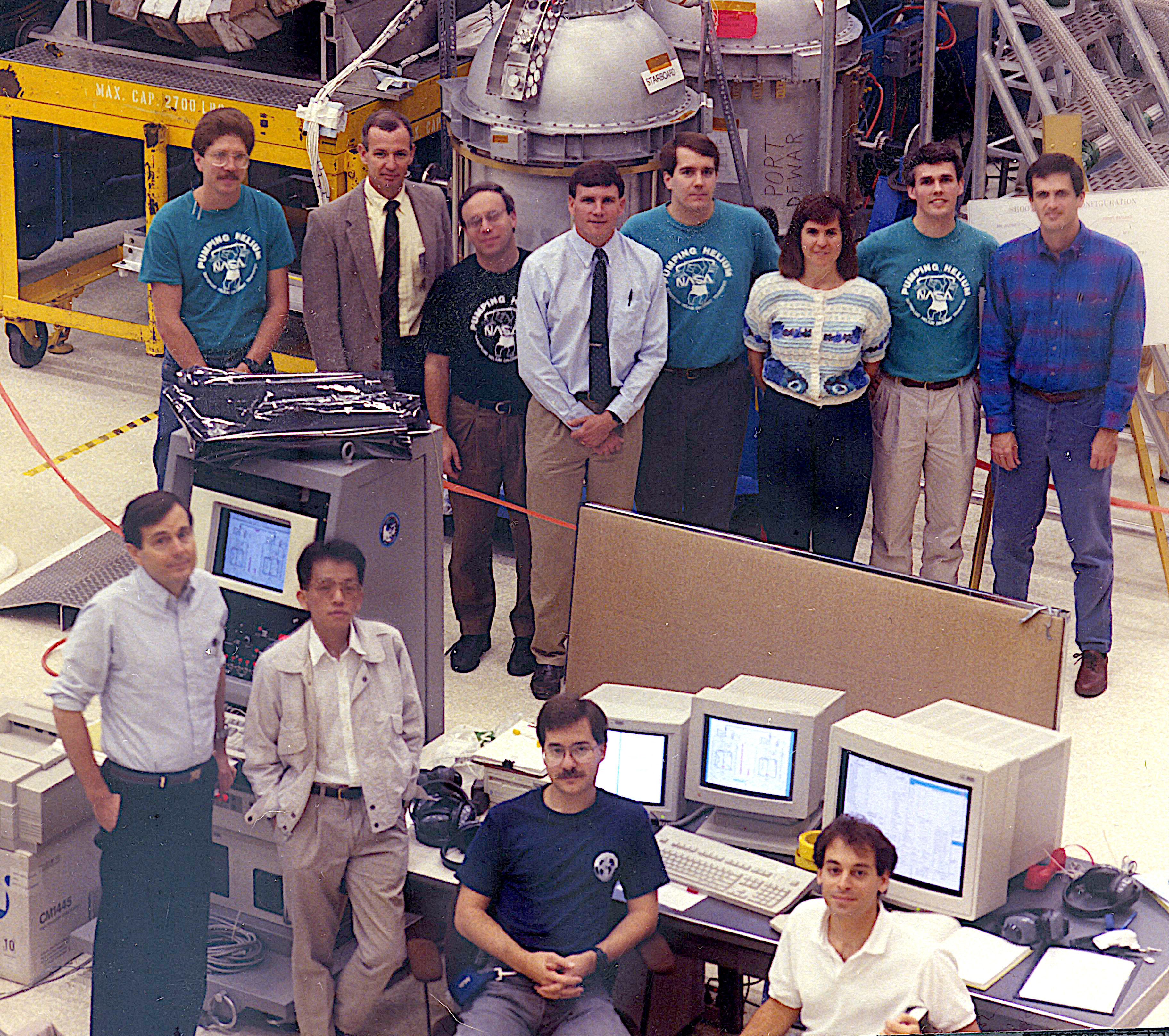 The '80s have been thrust back into our collective conscious! Hits such as Tracy Chapman's "Fast Car" and "Running up that Hill" by Kate Bush have been introduced to a new generation by an incredibly popular cover of the first song and the repetitious use of the second in a recent hit TV series. So, I thought it was appropriate to bring back something spaceflight-related from that decade. The Superfluid Helium on Orbit Transfer flight demonstration, SHOOT, was conceived in 1982 and executed by NASA Goddard Space Flight Center over the remainder of the 1980s.
The '80s have been thrust back into our collective conscious! Hits such as Tracy Chapman's "Fast Car" and "Running up that Hill" by Kate Bush have been introduced to a new generation by an incredibly popular cover of the first song and the repetitious use of the second in a recent hit TV series. So, I thought it was appropriate to bring back something spaceflight-related from that decade. The Superfluid Helium on Orbit Transfer flight demonstration, SHOOT, was conceived in 1982 and executed by NASA Goddard Space Flight Center over the remainder of the 1980s. 
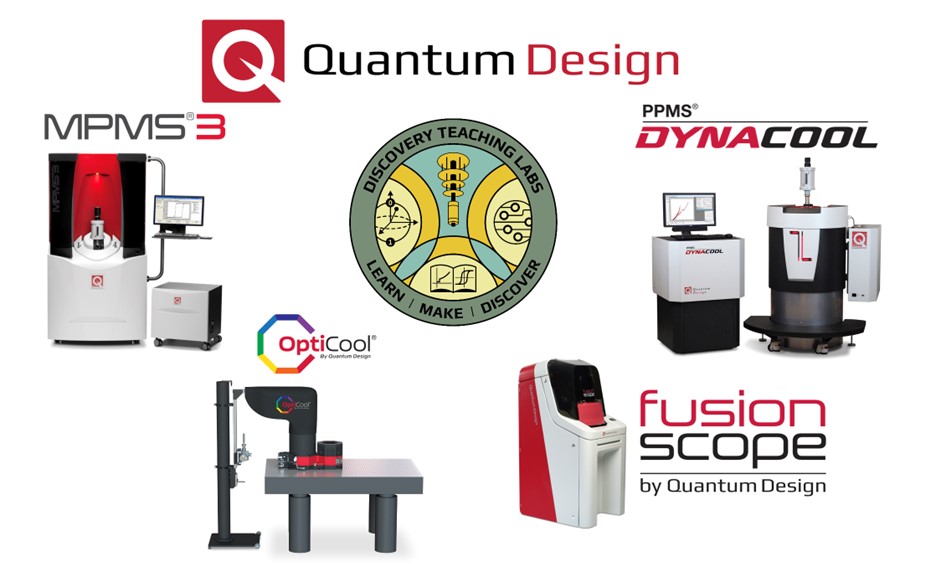 Since 1982, Quantum Design has been providing lab-ready scientific instruments to colleges, universities, government and corporate laboratories around the world. Instruments include the DynaCool® Physical Property Measurement System (PPMS), the MPMS3® SQUID Magnetometer and VersaLab® Physics Education System. The OptiCool® is a large volume, low vibration, low temperature and high magnetic field cryogen-free environment for magneto-optical investigations. The FusionScope® is a correlative microscopy system for scanning electron microscopy (SEM), atomic force microscopy (AFM) and elemental imaging of materials. These instruments are made in the US and were designed and developed by Quantum Design’s engineering team in San Diego, Calif.
Since 1982, Quantum Design has been providing lab-ready scientific instruments to colleges, universities, government and corporate laboratories around the world. Instruments include the DynaCool® Physical Property Measurement System (PPMS), the MPMS3® SQUID Magnetometer and VersaLab® Physics Education System. The OptiCool® is a large volume, low vibration, low temperature and high magnetic field cryogen-free environment for magneto-optical investigations. The FusionScope® is a correlative microscopy system for scanning electron microscopy (SEM), atomic force microscopy (AFM) and elemental imaging of materials. These instruments are made in the US and were designed and developed by Quantum Design’s engineering team in San Diego, Calif.  Hydrogen (like many of us) acts weird under pressure. Theory predicts that when crushed by the weight of more than a million times Earth’s atmosphere, this light, abundant, normally gaseous element first becomes a metal and then, even more strangely, a superconductor – a material that conducts electricity with no resistance. Scientists have been eager to understand and eventually harness superconducting hydrogen-rich compounds, called hydrides, for practical applications ranging from levitating trains to electric grids that transmit power with perfect efficiency to new types of electronics and memory devices. But studying the behavior of these and other materials under enormous, sustained pressure is anything but practical, and accurately measuring those behaviors ranges somewhere between a nightmare and impossible.
Hydrogen (like many of us) acts weird under pressure. Theory predicts that when crushed by the weight of more than a million times Earth’s atmosphere, this light, abundant, normally gaseous element first becomes a metal and then, even more strangely, a superconductor – a material that conducts electricity with no resistance. Scientists have been eager to understand and eventually harness superconducting hydrogen-rich compounds, called hydrides, for practical applications ranging from levitating trains to electric grids that transmit power with perfect efficiency to new types of electronics and memory devices. But studying the behavior of these and other materials under enormous, sustained pressure is anything but practical, and accurately measuring those behaviors ranges somewhere between a nightmare and impossible.  Our friends at the Smithsonian Astrophysical Observatory, in collaboration with other institutions, have published a Request for Information (RFI) for The Black Hole Explorer (BHEX) 4 K Spaceflight Cryocooling System.
Our friends at the Smithsonian Astrophysical Observatory, in collaboration with other institutions, have published a Request for Information (RFI) for The Black Hole Explorer (BHEX) 4 K Spaceflight Cryocooling System.